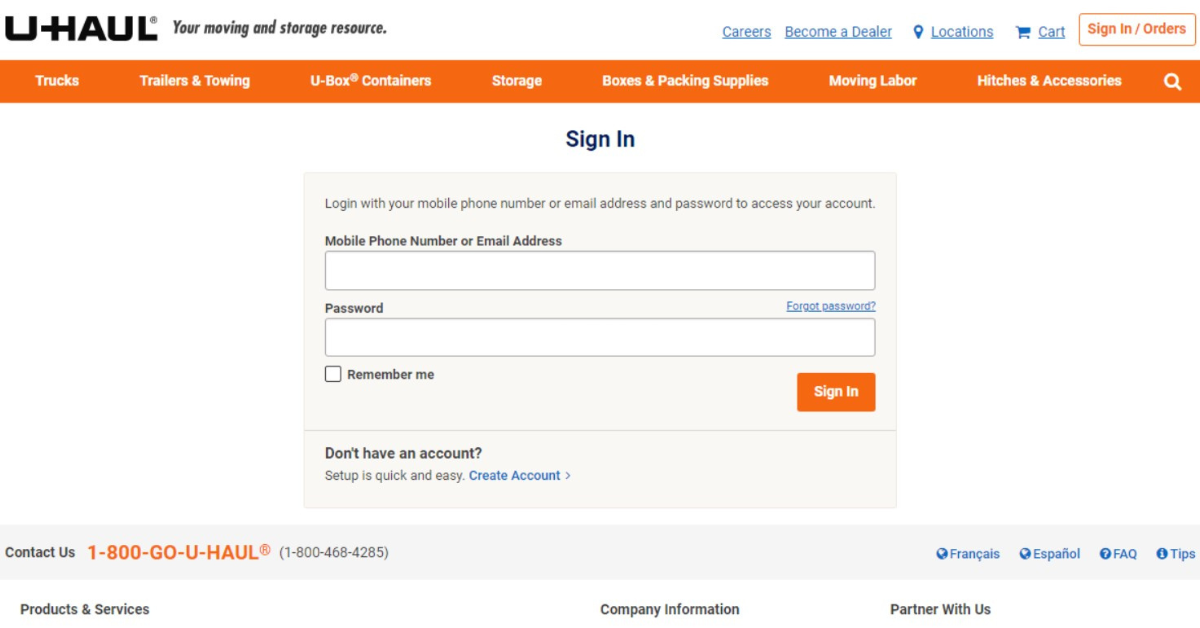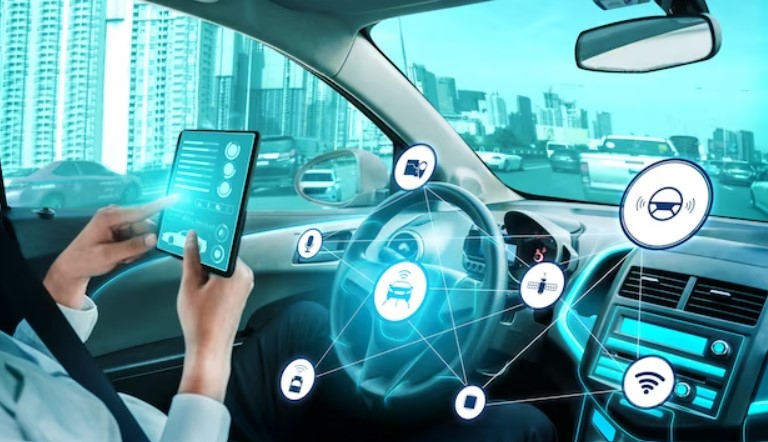In today’s digital age, the battle for data storage supremacy has reached unprecedented heights. With an ever-increasing demand for storing and accessing vast amounts of information, both individuals and businesses are constantly on the lookout for the most efficient and reliable storage solutions. Traditional storage devices, such as hard drives and solid-state drives (SSDs), have long been the go-to options. However, the rise of cloud computing and the advent of the Internet have ushered in a new contender in this data storage war. In this blog post, we will explore and compare the strengths and weaknesses of storage devices and the Internet as storage mediums, unraveling the ongoing debate of which approach holds the upper hand in our quest to preserve and manage our valuable data.
What are Storage Devices ?
Storage devices are physical devices used to store and retrieve digital data. They come in various forms, including:
Hard Drives (HDD)
Hard drives are one of the most common types of storage devices. They use spinning magnetic disks to store data. Hard drives are available in different capacities, ranging from a few gigabytes to several terabytes.
Solid-State Drives (SSD)
Solid-state drives use flash memory technology to store data. They have no moving parts, which makes them faster, more durable, and more energy-efficient than hard drives. SSDs are available in both internal and external forms, with capacities similar to hard drives.
USB Flash Drives
USB flash drives, also known as thumb drives or pen drives, are small, portable storage devices that connect to computers via a USB port. They are convenient for carrying data, with capacities ranging from a few gigabytes to several terabytes.
Characteristics and Capabilities of Storage Devices
Capacity
The capacity of a storage device refers to the amount of data it can hold. Hard drives and SSDs typically offer larger capacities, with modern drives exceeding several terabytes. USB flash drives have smaller capacities, usually ranging from a few gigabytes to a few hundred gigabytes.
Speed
The speed of a storage device determines how quickly data can be read from or written to it. SSDs are significantly faster than hard drives due to their lack of moving parts. They offer faster boot times, quicker file transfers, and reduced data access latency.
Portability
Portability refers to the ease of carrying and transferring data using storage devices. USB flash drives are highly portable, as they are small, lightweight, and designed for easy transportation. Hard drives and SSDs, while portable, are generally bulkier and may require additional power sources.
Advantages of Storage Devices
Local access: One significant advantage of storage devices is that they provide local access to data. Once the data is stored on the device, it can be accessed without the need for an internet connection. This makes storage devices ideal for situations where internet access is limited or unreliable.
Control over data: Storage devices grant users full control and ownership of their stored data. Users can manage and organize their files according to their preferences and maintain complete privacy and security over their information.
Limitations of Storage Devices
Limited capacity: While storage devices offer significant capacities, they are not limitless. As data accumulates, the available storage space diminishes. Regular backups and careful data management are necessary to avoid running out of space.
Vulnerability to physical damage or loss: Storage devices are susceptible to physical damage, such as drops, water damage, or electrical failures. Additionally, their small size and portability make them prone to loss or theft. Regular data backups and proper handling practices are essential to mitigate these risks.
The Internet Explain
The internet is a global network of interconnected computers and devices that communicate and share information using standard protocols. It enables the exchange of data and facilitates various online services, including communication, access to information, and collaborative activities.
Components and infrastructure of the internet
The internet consists of several components and infrastructure elements, including:
Internet Service Providers (ISPs):
ISPs are companies that provide internet access to individuals and organizations. They connect users to the internet through various technologies like DSL, cable, fiber-optic, or wireless connections.
Network Infrastructure:
The internet’s infrastructure consists of a complex network of routers, switches, and servers that route and transmit data packets across the network. This infrastructure is maintained and managed by various organizations and entities worldwide.
Protocols:
The internet relies on standard protocols, such as TCP/IP (Transmission Control Protocol/Internet Protocol), to ensure proper data transmission and communication between devices. These protocols define rules and procedures for data exchange and enable compatibility across different devices and networks.
Advantages of the internet
Global connectivity: One of the primary advantages of the internet is its ability to connect people and devices worldwide. It provides access to a vast amount of information, services, and resources from anywhere with an internet connection, breaking down geographical barriers.
Cloud storage: The internet enables remote storage and access to data through cloud computing services. Cloud storage allows users to store their files and data on remote servers, providing convenience, scalability, and the ability to access files from multiple devices.
Collaboration and sharing: The internet facilitates easy collaboration and sharing of information through various digital platforms. Users can collaborate on documents, share files, and communicate in real-time, making it easier to work with remote teams or share resources with others.
Limitations of the internet
Dependence on network availability: The internet requires an active and reliable internet connection to access data and services. Lack of network availability, such as in areas with limited connectivity or during network outages, can hinder access to information and services.
Security and privacy concerns: As data is transmitted and stored over the internet, there are potential risks associated with security and privacy. Cybersecurity threats, such as hacking, data breaches, and malware, pose risks to sensitive information. Users need to be cautious about sharing personal data and implement security measures to protect their online privacy.
Final Words
In conclusion, storage devices such as hard drives, solid-state drives, and USB flash drives offer local access, control over data, and ample storage capacity, making them ideal for situations where internet access is limited or when users require physical ownership and security of their data. On the other hand, the internet provides global connectivity, cloud storage capabilities, and easy collaboration, enabling access to vast information resources and facilitating seamless sharing and collaboration. However, the internet’s reliance on network availability and the need to address security and privacy concerns highlight potential limitations. It is crucial to consider individual needs and use cases when deciding between storage devices and the internet, as each technology offers unique strengths that can be harnessed to optimize data storage and access in today’s digital landscape.





